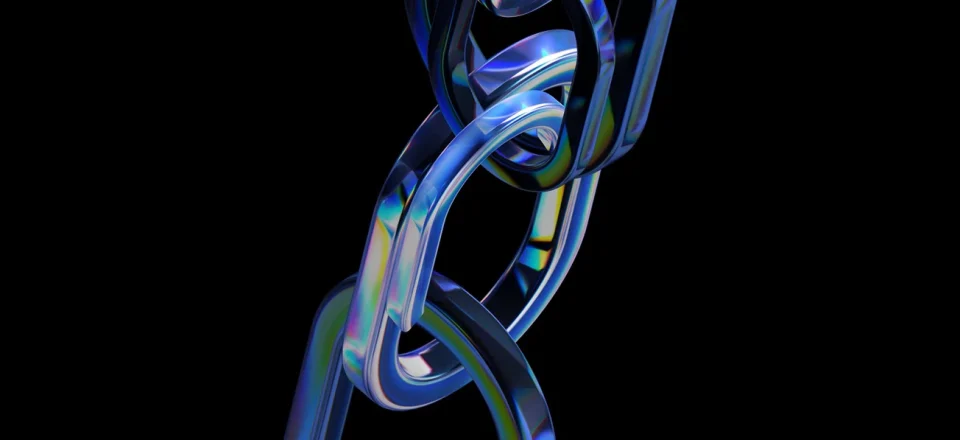Blockchain Unchained: Redefining Digital Trust and Economic Systems

Introduction: A Technological Revolution with Global Implications
In a world driven by digital interactions and data exchange, the need for secure, transparent, and decentralized systems has never been greater. Enter blockchain—a groundbreaking technology that transcends the boundaries of conventional digital infrastructure. Often mischaracterized as merely the engine behind cryptocurrencies, blockchain is, in truth, a multifaceted innovation reshaping global commerce, governance, and societal structures. This article unpacks the nuanced layers of blockchain technology, highlighting its significance beyond speculative investments and showcasing its transformative role in the digital age.
The Architecture of Trust: How Blockchain Works
Blockchain operates as a distributed ledger technology (DLT), enabling participants to record transactions across multiple computers without centralized oversight. Each transaction is stored in a block, cryptographically linked to the previous one, forming a secure and immutable chain.
Core Components of Blockchain:
-
Nodes: Independent computers that maintain a copy of the entire ledger.
-
Blocks: Bundles of transaction data securely linked through cryptographic hashes.
-
Consensus Algorithms: Protocols like Proof of Work (PoW), Proof of Stake (PoS), or Delegated Proof of Stake (DPoS) ensure agreement on the ledger’s state without central authority.
-
Smart Contracts: Self-executing agreements embedded within the blockchain, programmed to trigger actions when specific conditions are met.
This architecture eliminates the need for intermediaries, enabling trustless transactions that are verifiable and irreversible.
The Power of Decentralization
Traditional systems rely heavily on centralized authorities—banks, governments, corporations—to facilitate and verify transactions. Blockchain, by contrast, distributes this power among network participants, enhancing both security and fairness.
Benefits of Decentralization:
-
Resilience: No single point of failure makes the network less vulnerable to attacks.
-
Transparency: All changes are publicly recorded and traceable.
-
Censorship Resistance: No authority can manipulate or erase data arbitrarily.
-
Democratized Access: Participation isn’t restricted by borders or institutions.
The decentralized ethos of blockchain aligns with contemporary demands for digital sovereignty, privacy, and inclusivity.
Use Cases Transforming the World
The versatility of blockchain is evident in its wide-ranging applications across industries. Here are some of the most impactful use cases:
1. Decentralized Finance (DeFi)
DeFi platforms use blockchain to offer financial services—lending, borrowing, trading—without intermediaries. They operate 24/7, are globally accessible, and often provide better transparency and returns than traditional banks.
2. Healthcare
Blockchain enables secure sharing of medical records, ensuring data integrity while giving patients control over their health information. It also helps track pharmaceutical supply chains to prevent counterfeits.
3. Digital Identity
Blockchain can create tamper-proof digital identities, reducing fraud and streamlining verification processes in banking, education, and e-governance.
4. Real Estate and Land Registry
By placing property titles and transaction records on a blockchain, countries can combat land fraud, reduce bureaucracy, and increase transparency in ownership.
5. Energy Markets
Blockchain allows for peer-to-peer energy trading, enabling consumers to sell excess electricity (e.g., from solar panels) directly to neighbors without relying on centralized utilities.
Challenges and Misconceptions
As promising as blockchain is, it’s not without obstacles and widespread myths that cloud its adoption.
Common Challenges:
-
Scalability: High transaction times and costs remain issues, especially on older blockchains like Bitcoin and Ethereum.
-
Regulatory Gray Areas: Governments struggle to define blockchain’s legal status, especially in the context of crypto assets.
-
Energy Consumption: Proof of Work blockchains are criticized for their environmental impact, though alternatives like PoS are more efficient.
-
User Experience: The complexity of blockchain platforms can deter non-technical users.
Debunking Misconceptions:
-
“Blockchain is Bitcoin”: While Bitcoin was the first blockchain application, the technology itself is far broader.
-
“Blockchain is unhackable”: While blockchain is secure, vulnerabilities can exist at integration points, especially in poorly designed smart contracts or centralized interfaces.
-
“Only tech experts can use blockchain”: User-friendly platforms and interfaces are rapidly evolving to democratize access.
Innovation on the Horizon
Blockchain is far from a static innovation. Emerging developments are set to propel it into the mainstream:
-
Interoperability: Protocols like Polkadot and Cosmos aim to connect isolated blockchains, enabling seamless data exchange.
-
Zero-Knowledge Proofs: These cryptographic techniques enhance privacy by verifying data without revealing the data itself.
-
Central Bank Digital Currencies (CBDCs): Governments are exploring blockchain-based fiat currencies that combine the efficiency of digital payments with state control.
-
Tokenization of Assets: From art and real estate to stocks and loyalty points, virtually anything can be tokenized and traded globally on blockchain platforms.
Conclusion: The Digital Bedrock of Tomorrow
Blockchain represents more than a fleeting technological trend—it is a foundational innovation with the power to reshape how we interact, transact, and trust. Its decentralized nature disrupts traditional hierarchies, empowering individuals and communities to reclaim control over data, value, and identity.
Though still in its formative years, blockchain’s trajectory is clear: a future where trust is built into code, systems operate with transparency, and global inclusion becomes a practical reality. As with the internet before it, blockchain will face challenges, but its potential to redefine the architecture of our digital and economic systems is undeniable.
In a time when digital trust is both fragile and paramount, blockchain emerges as the bedrock upon which a fairer, more open, and resilient digital future can be built.
